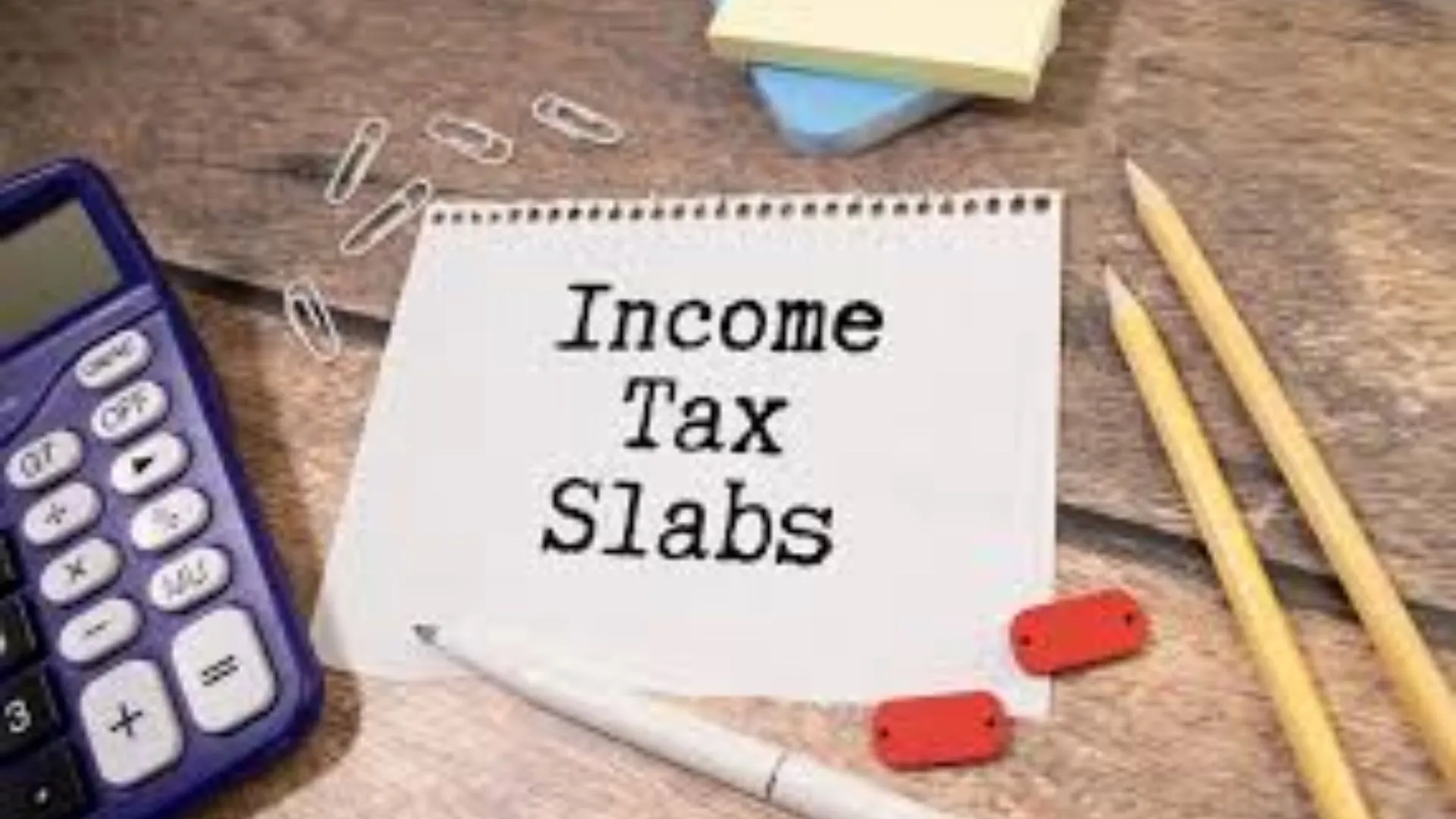In 2020, the Government of India introduced a new tax regime aimed at simplifying the tax structure. This new system offered concessional tax rates but removed most of the deductions and exemptions that taxpayers were used to. However, taxpayers were given the option to choose between the new tax regime and the traditional system.
In 2023, the government made a significant move by making the new tax regime the default option for taxpayers. This means that unless a taxpayer actively opts for the old tax regime, their tax calculations will automatically follow the new system. While the new regime eliminates many exemptions, there are still some allowances that remain exempt and a few deductions that can be claimed.
Exempt Allowances Under the New Tax Regime
Though most deductions have been scrapped, there are some allowances that continue to be exempt under the new tax regime:
- Travel Cost Allowance: Exemption for allowances granted to cover travel costs during official tours or transfers.
- Transfer Allowance: Any allowance given to cover daily expenses during a transfer or official journey, away from an employee’s usual workplace.
- Conveyance Allowance: Exemption for allowances granted to meet conveyance expenses incurred during work duties if the employer does not provide free transport.
- Allowance for Disabled Employees: Employees with disabilities (e.g., blind, deaf, or those with orthopedic impairments) are allowed exemptions for transport costs incurred to commute to and from work.
Exemptions No Longer Available in the New Tax Regime
While many exemptions are still available, the new tax regime does not allow some of the familiar ones:
- Travel Concession: Exemption on travel concessions or assistance under Section 10(5).
- House Rent Allowance (HRA): No exemptions for HRA under Section 10(13A).
- Other Allowances: Exemptions for other allowances, such as those under Section 10(14) or Section 10(17), are also no longer available.
- Entertainment Allowance: Exemption on entertainment allowances and professional tax (covered under Sections 16(ii) and 16(iii)) is not allowed.
Deductions Allowed Under the New Tax Regime
Although the new tax regime has significantly reduced the number of available deductions, there are still a few that can be claimed:
- Section 80 CCD(2): This deduction is available for the employer’s contribution to the National Pension Scheme (NPS).
- Section 80CCH: Tax exemptions under this section are for income earned through the Agnipath scheme.
- Section 80JJAA: Eligible businesses can claim deductions for hiring new employees under this section.
Standard Deduction and Key Changes in 2023
In 2023, the Finance Minister announced that the new tax regime would be the default system, and several benefits were introduced for taxpayers. The standard deduction benefit was extended to taxpayers under the new regime, which was previously only available to those under the old system.
Additionally, the highest surcharge was reduced from 37% to 25%, resulting in a reduction of the maximum tax rate from 42.74% to 39%.
Tax Slabs in Budget 2025: A Breakdown
In the 2025 Budget, the Government introduced new, more favorable tax slabs under the new tax regime. Here are the revised tax slabs for individuals:
- ₹0-4 lakh: Nil
- ₹4-8 lakh: 5%
- ₹8-12 lakh: 10%
- ₹12-16 lakh: 15%
- ₹16-20 lakh: 20%
- ₹20-24 lakh: 25%
- Above ₹24 lakh: 30%
How the New Tax Regime Can Save You Money
The new tax slabs are designed to provide significant tax relief. For example, a taxpayer earning ₹12 lakh per year will save ₹80,000 in taxes, which amounts to a complete tax benefit under the new regime compared to existing tax rates.
Similarly, a person with an income of ₹18 lakh will benefit from ₹70,000 in tax savings (about 30% of their tax payable under the previous rates). A higher income of ₹25 lakh will translate to ₹1,10,000 in tax savings, which is 25% of the tax payable under the old tax regime.
Maximizing Benefits Under the New Tax Regime
With the new tax regime, taxpayers have more clarity and simplified processes, with fewer exemptions and deductions to manage. However, the introduction of favorable tax slabs and exemptions for specific allowances ensures that taxpayers can still benefit from significant savings.























